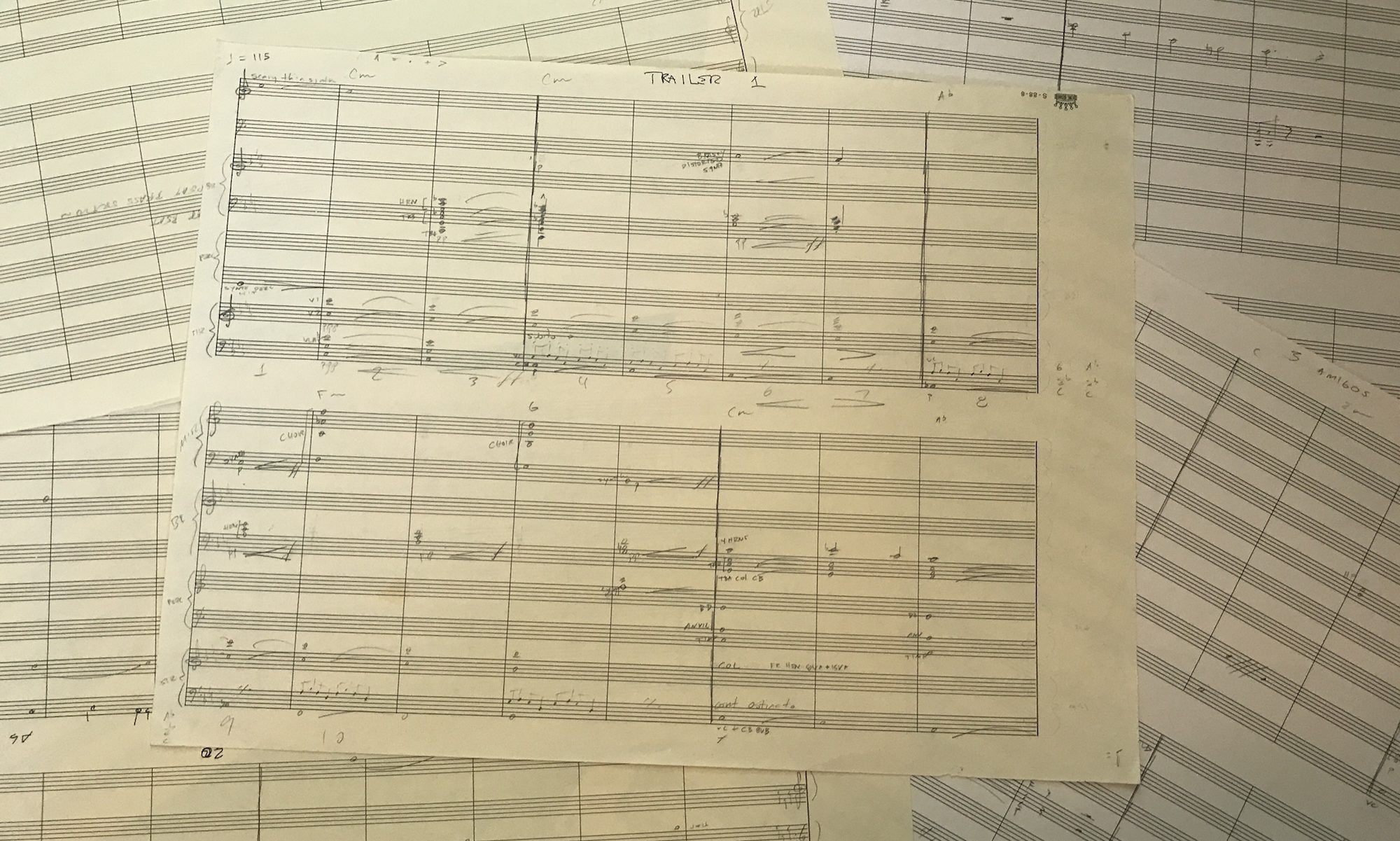How does one compose a piece of music? While this question seems overly broad, there are some basic guidelines that can get you started down the path of learning how to compose music. In many ways composing music is not as difficult as you think it is. In fact many great pieces of music have been written by people who lack a technical understanding of what they are doing. Notes are free. Anyone can choose them.
Chances are if you are reading this article you already have some musical experience. That is not to say that you need to be an expert, but rather you have probably already had some musical encounters if you are interested in learning to write music.
Let’s begin by tackling one basic question: Is it easier to write melody first or harmony first? Just to be clear melody is the singable part of the piece. It is the signature or theme that makes peace recognizable. Harmony on the other hand describes the chord structure of the piece. It has nothing to do with the melody. This may sound counterintuitive but in fact any melody could be paired with any harmony. While the notes might have to change slightly here and there is the rhythm and the contour (shape) of the notes which make a melody what it is.
When composing a piece of music it is always easier to start with harmony. I am sure that you love to sing in your car and come up with catchy melodic hooks all the time, so you might be wondering why would it be easier to compose harmony first? The reason is that it is fairly easy to adapt melody to a given harmony. It is fairly challenging to add a harmony to an existing melody.
Again, you might be thinking, why should it be difficult to add a harmony to a melody? Because depending on your melody, their might be no harmony that matches it. Case in point: consider the simplest melody you could write that goes “C D”. Guess what? There is no major or minor chord that contains both C and D. That means that you would have to dive into much greater depth and analyze how to resolve note conflicts. Should I match the C and ignore the D? Should I match the D and ignore the C? Should I use a more complex 7th chord that contains both? Answering these questions requires understanding on a much deeper level how chords and notes interact.
When writing harmony first, these questions are a lot easier to answer.
Stay tuned in for more articles about The Craft of Composing, but in the meantime check out other great resources on the site.
